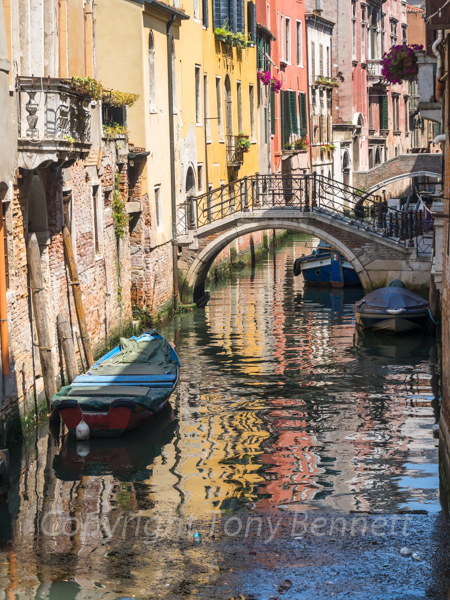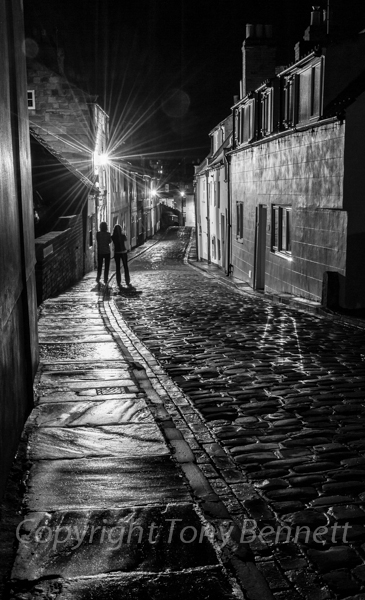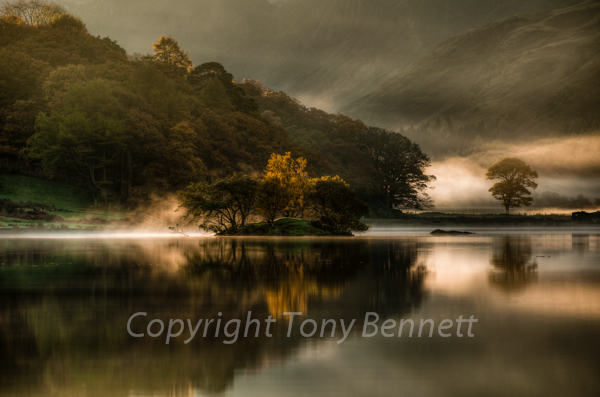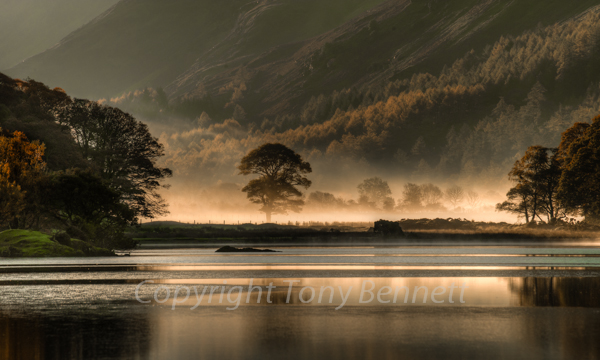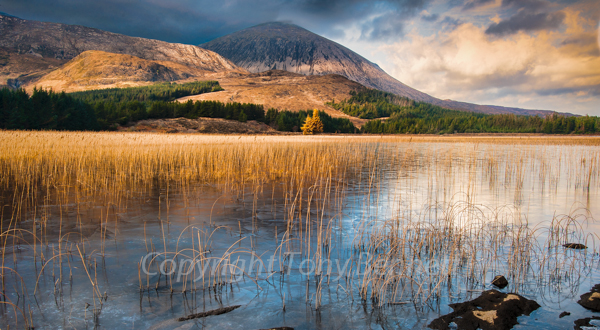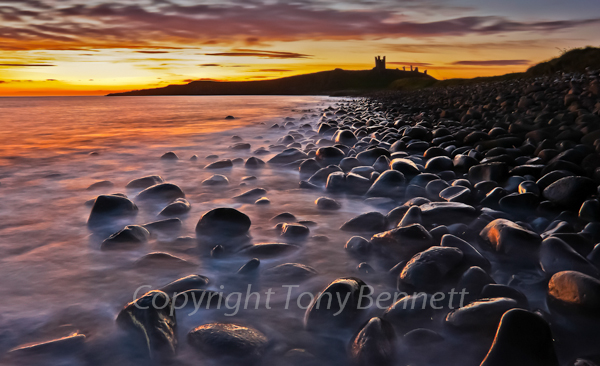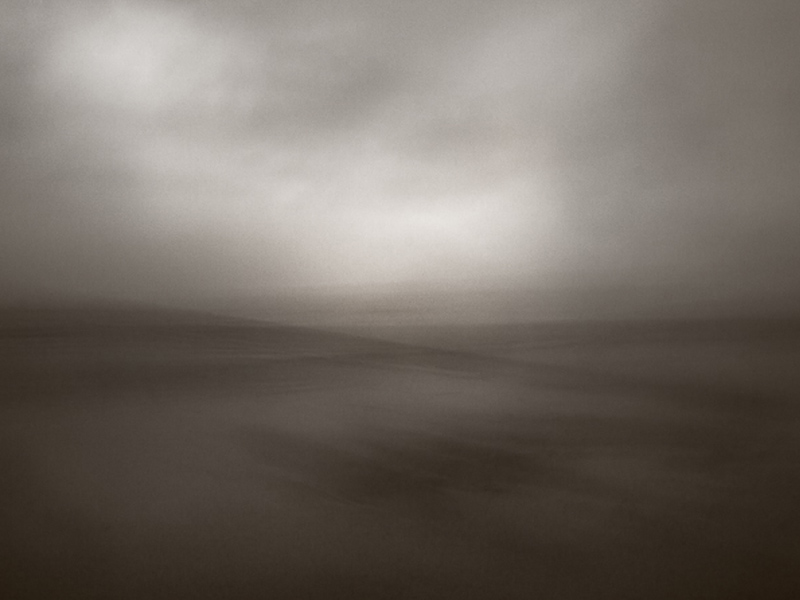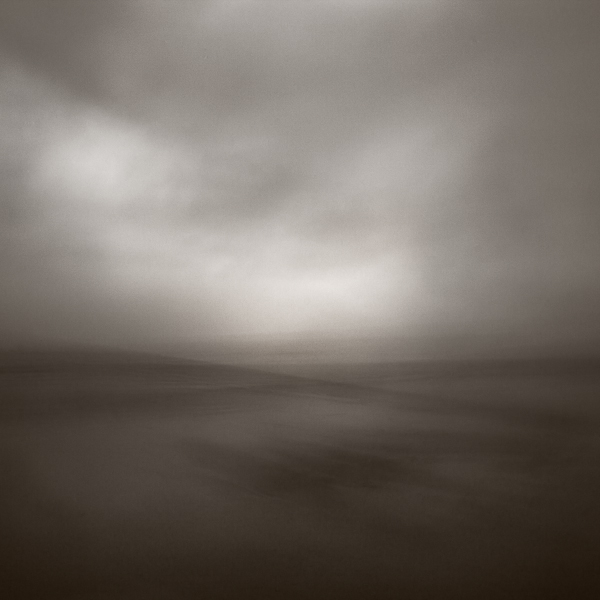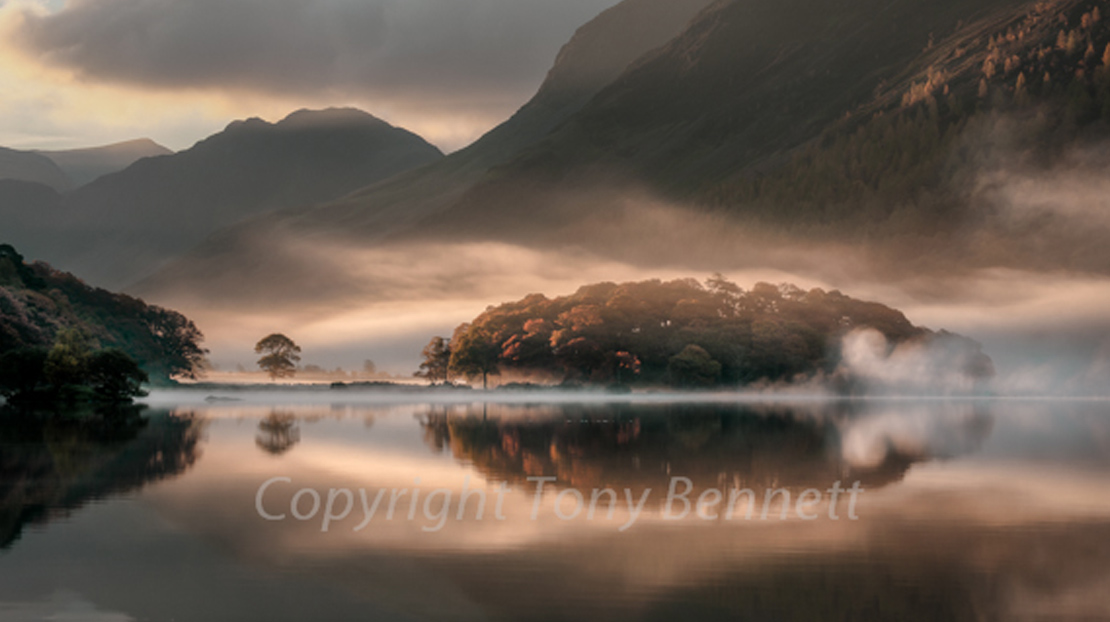
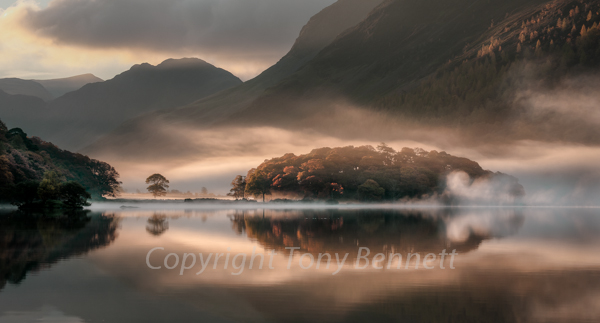
Mist and Reflections - The winning image by Tony Bennett in the Take-a-View Landscape Photographer of the Year competition 2013
After a long and nail biting wait wait for the photographers who had images shortlisted in this years Landscape Photographer of the Year competition the announcement was made at the weekend that Derby based photographer, Tony Bennett had won the overall prize with his image “Mist and Reflections” (above). I was especially delighted for Tony as I know him as a customer who has been on my workshops (although I take absolutely no credit for his win. Tony is a long established photographer who has been making images for many years).
For many landscape photographers in the UK, the LPOTY competition is the “Holy Grail” of photography competitions and many aspire to have an image feature in the book which showcases the successful photographs, published by the AA and available here on Amazon To have a picture in the book is quite something considering around 20,000 images are entered each year and just a couple of hundred at most feature in the book. To have an image Highly Commended, receive a judges choice or to win a category is an even higher honour. Many must be very disappointed each year.
Last years competition was sadly marred by controversy over the originally selected winning image which had to be disqualified for excessive manipulation. This year, with a new Technical Director, Tim Parkin, addressing the selection and checking process hopes are high that the standard of images in the book and subsequent exhibition at the National Theatre in London starting in December (Free to attend and a must see event) will be higher than ever. From what I have seen of the images which have received awards, the standard does seem very good indeed. There are some truly outstanding images already revealed and this has whetted the appetite for the book
I got in touch with Tony as soon as I found out about his win and was delighted that he agreed to give me an exclusive interview for you to enjoy here, along with his winning image and some other images from his portfolio. I hope you will enjoy visiting his new website too. But first, here is the interview I conducted just yesterday with Tony.
D: First of all, let me congratulate you on your wonderful success in winning LPOTY 2013. Your image is stunning and a deserved winner. How did you feel when you heard you had won?
T: I was totally overwhelmed. Charlie Waite phoned me whilst I was in the car and the next mile passed as a blur. It was beyond my most optimistic hope. It took several days for the realisation to dawn upon me that i had actually won. I knew my image was good, but being good is not enough; you have to hope that the judges not only think it is good, but the best. That is the difficult part. And I knew that many very good photographers had entered the competition with some truly excelllent images.The competition was fierce.
D: Can you describe the morning when you made the image?
T:That morning was just magical; one of those mornings that happen so infrequently but are always remembered. With a friend, Sarah, we left the hotel early and raced to the lake side. The dawn was just beginning to break. We set up our tripods at the water’s edge and for the next hour and a half, just captured as many images of the ever-changing scene as we could. Did I say it was magical? It was. We eventually had to get back to the hotel for a late breakfast, but by that time the real mood of the scene had changed to mere normality, the mist had virtually gone, the sun was up and the lake surface was disturbed – no longer the glassy mirror it had been.
D: Have you entered LPOTY before (and if so, had any previous successes) or was this your first time?
T: No. This was my first time.
D: Why do you think entering competitions like LPOTY is a good thing for photographers and photography?
T: These competitions offer a challenge to photographers to produce their very best work. All too often, our images stay on the hard drive and don’t get the finishing attention they should. When you enter a competition, you owe it to yourself to offer the very best you can. This can take time and effort, but sometimes, as in my case, it proved worth every effort, including that early morning start.
D: Have you always been interested in photography? What is your photographic ‘history’?
T: I have been interested in photography since my 20’s. (I am now well retired!). I have spent many hours in the darkroom trying to produce the ‘perfect’ B&W print, without success! I have also done some wedding and industrial photography back in the film days, but my first love has always been landscape images. Up to this time, I have only entered club competitions and our local N&EMPF annual competitions. This is the first ‘real’ external competition that involved a prizes. (memo to self: must enter more!)
D: who would you say was your first inspiration in photography? And who do you find inspirational now?
T: I can’t remember any one initial inspiration that has driven my photography. Today, undoubtably, Sebastiao Salgado i find truly inspirational.
D: What does photography do for you? What do you get out of it that drives you to pursue it as a passion?
T: I love the great outdoors and capturing beautiful images.
D: What camera equipment do you currently use?
T: I currently use a Nikon D700 with the 16-35mm lens, and the 24-120mm lens. For the winning image I used my 70-200mm lens; that lens trio, plus an old macro lens, covers all my photographic needs. Recently I have bought an Olympus EM-5 and found it to be very useful on a recent trip to Venice on the hottest day of 2013! It was light and easy to carry and produces pretty decent images that can be enlarged to about A3 size.
D: Is there a piece of kit you really couldn’t live without? A favourite piece of equipment?
T: Strangely, it is my very sturdy and stable tripod.
D: Is there any piece of equipment you lust after and would love to own?
T: I would love to have a Nikkor 24mm tilt shift lens.
D: I know you are a keen and active member of the Derby City Photographic Club. What do you enjoy about being part of a photography club?
T: I enjoy club photography for the personal friendships I have made and my friends’ support for my photography. (They are always there with honest criticism!) I also relish the challenges the competitions offer. Our Club is a great social as well as a photographic club. We have excellent speakers who challenge, stimulate and entertain.
D: Would you describe yourself as a “Landscape Photographer” or do you enjoy other genres of photography?
T: I have done studio portraiture, and wedding photography (many years ago). I like to think of myself as a landscape photographer. Perhaps I can, now!
D: What advice would you give to young or new photographers to help them make progress with their passion?
T: Join a camera club and GET INVOLVED. Don’t just turn up, enjoy the proceedings, then go home. You only get out of any activity in proportion to what you are prepared to contribute.
D: What software do you use to process your images?
T: I use Lightroom primarily and use Photoshop for any post processing that can’t be done in Lightroom. Topaz plugins are very useful to extend the scope of LR and PS. I also use Photomatix Pro for HDR images and Helicon Focus for focus stacking of macro shots.
D: I see you have a new website, Tony. For those who are keen to see your work, what is the URL?
T: www.inspirational-images.com (Don’t forget the hyphen). It is my first website, put together in rather a hurry in view of my competition win. It is still a bit clunky, so please excuse that. It will be added to and improved as time goes on.
D: So, finally Tony, what are your plans now you have won the competition? And do you have any plans for spending your prize money?
T: The last few days have been rather hectic, but eventually, I guess, things will return to normal. I have no plans to spend the prize money at the moment. When things settle down I think I might just treat myself to a new lens, or camera, even.
D: Thank you for your time in being interviewed, Tony, especially as I know you are suddenly in great demand. I am sure my readers join with me in wishing you well and we hope you enjoy all the exposure that comes from your win.
Here are some more of Tony’s images and you can see more of his work at his website, www.inspirational-images.com You are also able to buy prints of his winning image.

